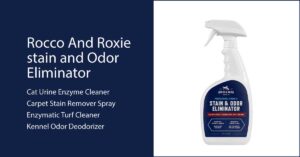Cats have long captured our hearts with their graceful demeanor, enigmatic personalities, and endearing behaviors. As cat owners, we strive to create a strong bond with our feline friends, and one essential aspect of this relationship is grooming. Cat grooming goes beyond just keeping your cat looking good; it’s a way to ensure their health and overall well-being. In this guide, we’ll delve into the world of cat grooming, exploring why it’s important, how to do it effectively, and tips for creating a positive grooming experience for both you and your cat.
Table of Contents
Why Cat Grooming Matters
In the wild, grooming is a natural behavior for cats. It serves multiple purposes, including maintaining a clean and healthy coat, regulating body temperature, and promoting social bonding. When we bring cats into our homes, we become their primary caregivers, responsible for ensuring they receive proper grooming attention.
For your feline friend, regular grooming has a number of advantages. It lessens the likelihood of hairballs, which can be uncomfortable for your cat and messy for your home. It also lessens shedding and prevents matting and tangling of fur. Additionally, cat grooming sessions provide you with a chance to examine your cat’s skin and general health, enabling you to identify any problems early.
Essential Cat Grooming Tools
Equipping yourself with the right grooming tools is essential to ensure a comfortable experience for your cat grooming session. Some must-have tools include brushes, combs, nail clippers, and ear cleaners. Opt for tools designed specifically for cats to avoid causing discomfort or injury.
A soft-bristle brush is great for regular brushing, while a fine-toothed comb can help detangle mats. Use cat-specific nail clippers to trim your cat’s nails, being careful not to cut too close to the quick. For ear cleaning, choose a gentle, cat-safe solution and cotton balls or pads.
The Grooming Routine
Creating a regular grooming routine is key to keeping your cat well-groomed and healthy. Here’s a simple step-by-step guide to follow:
Brushing: Choose a brushing schedule that works for your cat’s coat type. While long-haired cats can require daily care, short-haired cats can benefit from weekly sessions. In addition to removing loose hair, brushing increases blood flow and distributes natural oils for a glossy coat.
Bathing: Cats are known for their self-cleaning abilities, but occasional baths can be necessary, especially if your cat gets into something messy or has skin issues. Use a cat-specific shampoo, and ensure the water is at a comfortable temperature. Be patient and gentle during the bathing process to prevent stress.
Nail Trimming: Regular nail trims prevent nails from becoming overgrown and uncomfortable. Use cat nail clippers and trim the tips, being cautious not to cut the quick. If you’re unsure, consult your veterinarian or a professional groomer.
Ear and Dental Care: Keep your cat’s ears clean by using a cat-safe ear cleaner and cotton balls. Gently wipe the visible areas of the ears, avoiding going too deep. Dental health is equally important; introduce toothbrushing early to prevent dental issues in the future.
Eye Care: Cats frequently develop tear stains and eyelid deposits. Wipe away any discharge with a moist towel. Consult your veterinarian if you experience ongoing eye problems.
Handling Shedding and Hairballs
Shedding is a natural process that varies depending on factors like breed, season, and health. While you can’t eliminate shedding entirely, regular brushing helps manage loose fur and minimizes the amount your cat ingests during grooming.
Hairballs are a common occurrence among cats, particularly those with longer coats. Grooming plays a vital role in reducing hairballs by removing loose fur before your cat can ingest it. Additionally, providing a high-fiber diet can help your cat pass hairballs more easily.
Dealing with Matting and Tangles
Matting occurs when hair becomes knotted and tangled, often close to the skin. It can be uncomfortable and even painful for your cat. Long-haired breeds are more prone to matting, so regular brushing is crucial to prevent it. If you encounter mats, use your fingers or a detangling comb to gently work them out, taking care not to pull on the skin.
Tailoring Grooming to Your Cat’s Personality
Each cat has a unique temperament, and their response to cat grooming can vary. Some cats enjoy the attention, while others may be wary or resistant. To create a positive grooming experience, introduce grooming gradually and pair it with treats and affection. This helps your cat associate grooming with positive outcomes.
Signs of Skin and Health Issues
Regular grooming not only maintains your cat’s appearance but also gives you the opportunity to identify any potential health issues. Keep an eye out for modifications in your cat’s coat, skin, and general demeanor. Excessive scratching, hair loss, and irregularities of the skin could be symptoms of allergies, infections, or other conditions that need veterinarian care.
Professional Grooming vs. DIY
Deciding whether to groom your cat at home or seek professional services depends on your cat’s needs and your comfort level. Professional groomers have experience handling various cat personalities and coat types, which can be especially beneficial for cats that are difficult to groom. However, with patience and practice, many cat owners successfully groom their cats at home.
Grooming Kittens and Senior Cats
Kittens and senior cats have unique grooming requirements. For kittens, start grooming early to acclimate them to the process and ensure they grow up comfortable with it. Senior cats may have mobility issues or sensitive skin, so be gentle and adjust your grooming routine to accommodate their needs.
Understanding Your Cat’s Coat
Cats come in various coat lengths and textures, each requiring specific grooming approaches. Short-haired cats typically shed less and may require less frequent brushing, while long-haired cats are prone to matting and require more regular attention. Cats with curly coats often need specialized care to prevent tangling.
Consider your cat’s coat when determining the grooming routine that suits them best. A short-haired cat may only need weekly brushing, while a long-haired beauty might require daily attention to avoid tangles.
Grooming Needs According to Different Cat Coats
Short-Haired Coat

Grooming Needs:
- Weekly brushing to remove loose hair and stimulate circulation.
- Occasional baths to maintain cleanliness.
- Regular nail trims and ear cleaning.
Characteristics:
- Minimal shedding compared to longer coats.
- Less prone to matting and tangling.
- Easier to manage grooming routine.
Long-Haired Coat
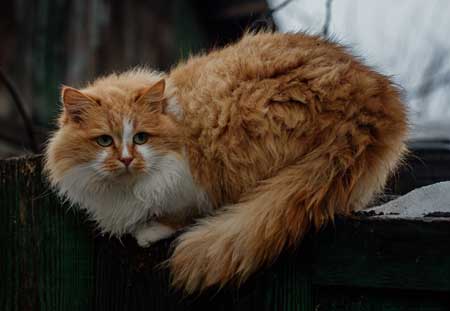
Grooming Needs:
- Daily brushing to prevent mats and tangles.
- Regular baths to maintain the coat’s cleanliness and stop matting.
- Regular ear cleanings and nail trimmings.
Characteristics:
- High shedding and high matting risk.
- Requires more time and effort in grooming.
- Takes more time and effort to groom.
Curly-Coated
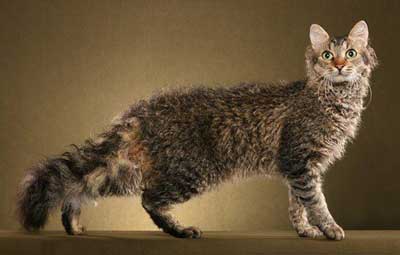
Grooming Needs:
- Regular brushing to prevent tangling.
- Occasional baths to keep the curls clean and defined.
- Regular nail trims and ear cleaning.
Characteristics:
- Distinctive curly coat texture.
- Less shedding compared to other coat types.
- Prone to tangling if not groomed regularly.
Dense Double-Coated
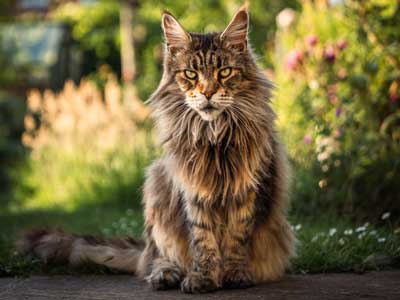
Grooming Needs:
- Seasonal shedding requires extra attention during shedding periods.
- Regular brushing to remove loose undercoat.
- Occasional baths to keep the coat clean.
- Frequent nail trims and ear cleaning.
Characteristics:
- Thick undercoat and longer guard hairs.
- Common in breeds like Siberian and Maine Coon.
- Regular grooming helps manage shedding and prevents mats.
Single-Coated
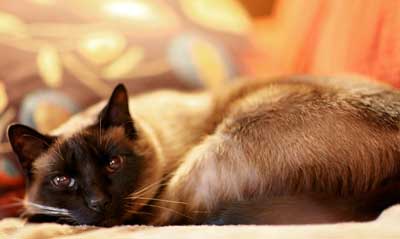
Grooming Needs:
- Minimal shedding and low-maintenance coat.
- Regular brushing to remove loose hair.
- Occasional baths to keep the coat clean.
- Regular nail trims and ear cleaning.
Characteristics:
- Coat lacks an undercoat, making it easier to maintain.
- Breeds like Siamese often have this type of coat.
- Grooming routine is simpler compared to double-coated breeds.
Smooth Coat
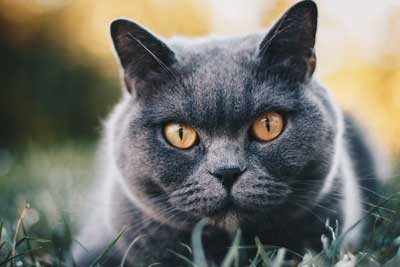
Grooming Needs:
- Minimal shedding and straightforward grooming.
- Regular brushing to maintain coat shine.
- Occasional baths to keep the coat clean.
- Regular nail trims and ear cleaning.
Characteristics:
- Short and glossy coat texture.
- Requires less grooming compared to longer coats.
- Common in breeds like the British Shorthair.
Sparse Coat
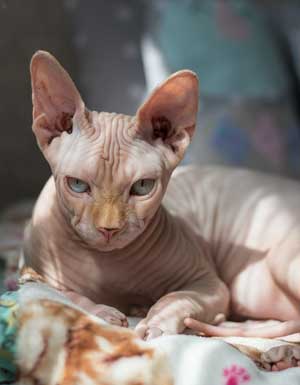
Grooming Needs:
- Minimal shedding and easy grooming routine.
- Occasional brushing to remove loose hair.
- Infrequent baths to maintain coat cleanliness.
- Regular nail trims and ear cleaning.
Characteristics:
- Coat lacks density and may have visible skin.
- Prone to sunburn, so outdoor exposure should be limited.
- Breeds like the Sphynx have this type of coat.
Semi-Long Coat
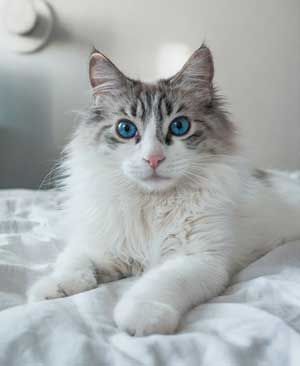
Grooming Needs:
- Regular brushing to prevent mats and tangles.
- Occasional baths to maintain coat cleanliness.
- Frequent nail trims and ear cleaning.
Characteristics:
- Falls between short and long coats in terms of length.
- Moderate shedding and risk of tangling.
- Requires consistent grooming to keep the coat healthy.
Conclusion
Cat grooming is a journey that goes beyond keeping your cat’s appearance tidy. It’s a way to express your care and dedication while promoting their well-being. By understanding your cat’s coat type, following a regular grooming routine, and tailoring the experience to their personality, you can establish a strong bond and ensure a happy, healthy life for your feline friend. Embrace grooming as a positive shared experience that enhances your relationship and keeps your cat purring with contentment.


